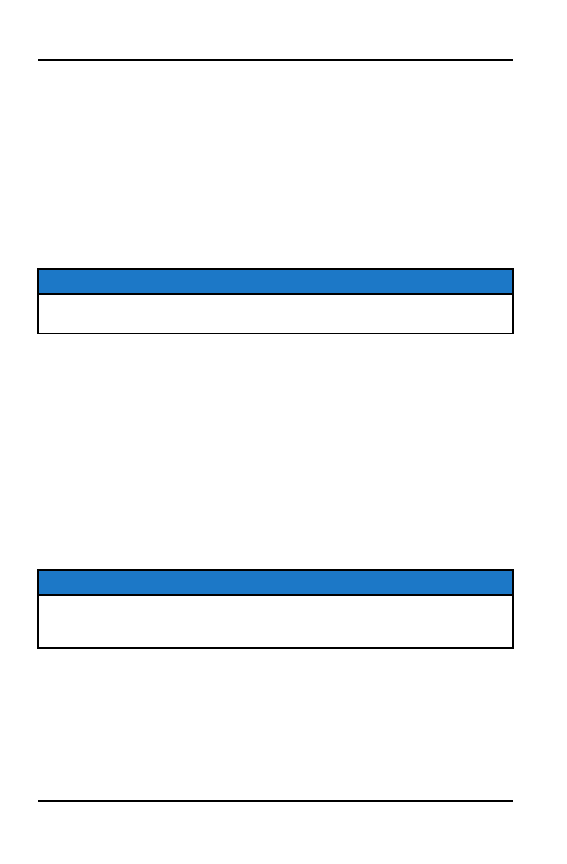Snowmobile Polaris 600R Racer (2017 year). Manual - part 16

• Plug fouling
• Poor engine response to various throttle valve openings
COOLING SYSTEM
COOLANT
POLARIS recommends the use of POLARIS Antifreeze 50/50 Premix. This
antifreeze is already premixed and ready to use. Do not dilute with water. If the
vehicle will be stored or operated at extremely low temperatures greater
protection may be required. Your dealer can assist.
Any time the cooling system has been drained for maintenance or repair,
replace the coolant with fresh Antifreeze 50/50 Premix.
NOTICE
Never add tap water to the cooling system. Minerals cause deposits and may
react adversely with metals in the engine and cooling system.
COOLANT LEVEL
The engine coolant level is controlled by the recovery system. The recovery
system components are:
• Engine filler neck
• Pressure cap
• Connecting hoses
Always maintain the coolant level at the top of the filler neck when the engine is
cold.
1. Stop the engine.
2. Open the right side panel.
3. View the coolant level in the coolant bottle. Add coolant as needed.
NOTICE
Operating the snowmobile with insufficient coolant will result in overheating
and serious engine damage. Always maintain the coolant level as
recommended.
68